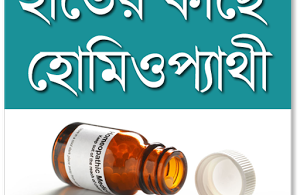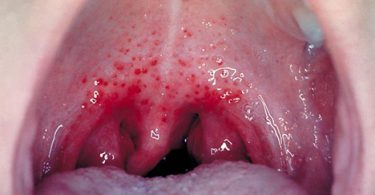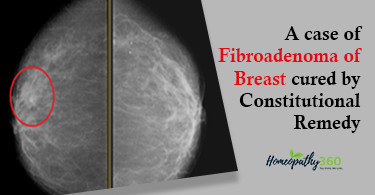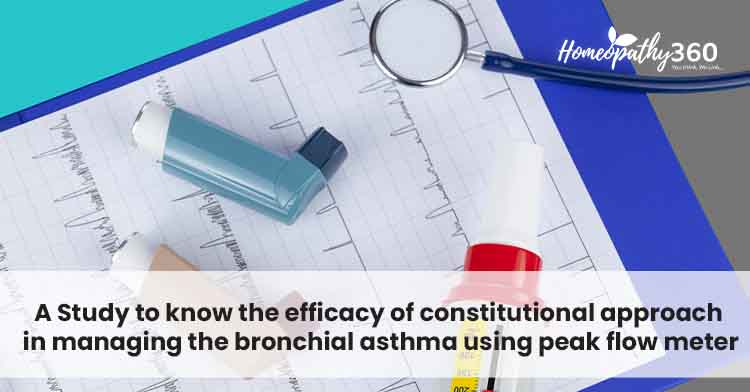
Abstract: A study was conducted on patients at the outpatient department of Father Muller Homoeopathic Medical College& Hospital and its Peripheral Mobile Centre. Total of fifteen cases were selected and the remedies were prescribed based on individualized symptoms totality.
Out of the fifteen cases, thirteen showed improvement and two cases did not show any improvement. The highest number among the cases i. e., Nine ,of the cases belong to age group of 10-20 years, equal incidences were witnessed in age group of 21-40 years and 40-60 years. Hence, commonly a younger age group was affected during this study.
This study was conducted to determine the effectiveness of constitutional remedy on Bronchial Asthma. The result showed 87% (13 cases out of 15) improvement after homoeopathic treatment along with general management. Patients were asked to practice general management. There was statically significant drop in the severity of symptoms(p value <0.00025) in the sample group at next visit. Hence, it was concluded that, homoeopathic medicines have actions and its efficacy is proved in cases of this study.
Keywords: BronchialAsthma, Peak Flow Meter, Peak Expiratory Flow, Homoeopathy, Constitutional Remedy.
Introduction:
Asthma is a diffused airway inflammation caused by a variety of triggering stimuli resulting in partially or complete reversible bronchoconstriction.
- It is a multifactorial disease of bronchial airway that typically presents with high pitched whistling sound (wheezing), which is heard during breathing in individuals suffering from disease
- Asthma originated from Greek word meaning “panting” or “grasping”, was first described by ancient Greek physician, Hippocrates
- In ancient times, asthma has puzzled or confused physician with its symptoms sharing similar and overlapping with other respiratory and allergic reaction symptoms such as bronchiolitis and croup1
- According to global strategy for asthma management and prevention, three main features define asthma i.e., Chronic Inflammation, Bronchial Hyper Responsiveness (BHR) and Air Way Obstruction.
- Clinical features of asthma is defined as a chronic inflammatory disorder of airway characterized by variable airway obstruction and bronchial hyper responsiveness of trachea bronchial tree to certain stimuli which results in narrowing of trachea bronchial tree and leads to spasm of muscles of airways.
- Homoeopathic approach strongly believes in its principles and are embodied in a system of doctrines, laws and rules of practice which was formulated by Dr Samuel Hahnemann.
- Health is a balanced state of normal functioning of spiritual vital force which maintains physiological activities of a living organisms in a harmonious way, and when this harmony is dynamically deranged it exfoliates signs and symptoms. Hence we treat ‘patient as whole’. Constitution can be defined as psychological, functional and structural plan of organisms revealed through a pattern made by various characteristics and responsive mess to the environment factor. Some total of individual characteristics in emotional, intellectual and physical. It is a resultant of early environmental factors right from the time of conception action on hereditary plan of organization determined by genes.
Methodology:
The study was conducted on subjects from July 2019 to February 2020. Patients were selected from OPD, IPD and other peripheral centers of Father Muller Homoeopathic Medical College, Mangalore. Standardized Case Record (SCR) was used in collection, qualitative and evaluating the progress of the case. Peak Flow Meter(PFM)is a portable, handheld device for asthma that is used to measure how well air moves out of lungs by measuring how fast air comes out of lungs during forceful exhaling called peak expiratory flow(PEF) this is one way to know if symptoms of asthma are in control or worsening. Fifteen cases were studied with the help of purposive sampling technique as per inclusion criteria and were supervised with three follow ups after 2-3 Weeks to assess subjective and objective changes.
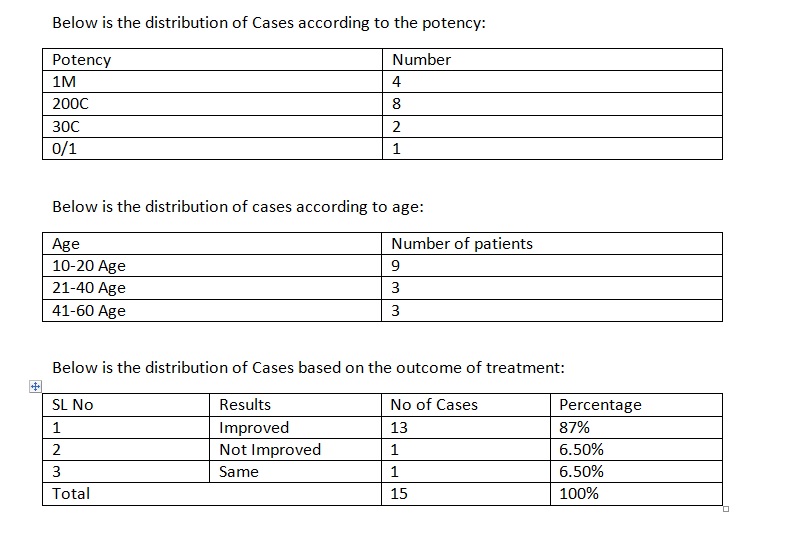
Results and Observation:
Observation of 15 cases showed, 13 (87%) cases improved after treatment. 1 case did not have any improvement and 1 case had same symptoms with constitutional medicine in appropriate potency and proper repetition. The data was statistically analyzed to see the effectiveness of constitutional medicine on Bronchial Asthma with the help of Paired t test. The mean value of 15 patients before intervention was calculated as 212.6 and standard deviation was 68.08. The mean value of 15 patients after intervention was calculated as 234.6 and standard deviation was 68.95. The p value for both before and after intervention is 0.00025 which is a highly significant value.
Hence the null hypothesis is rejected and alternative hypothesis is accepted. Therefore, this study shows evidence that there is significant reduction in the intensity of symptoms of Bronchial Asthma after treating with constitutional approach.
Paired Sample Statistics:
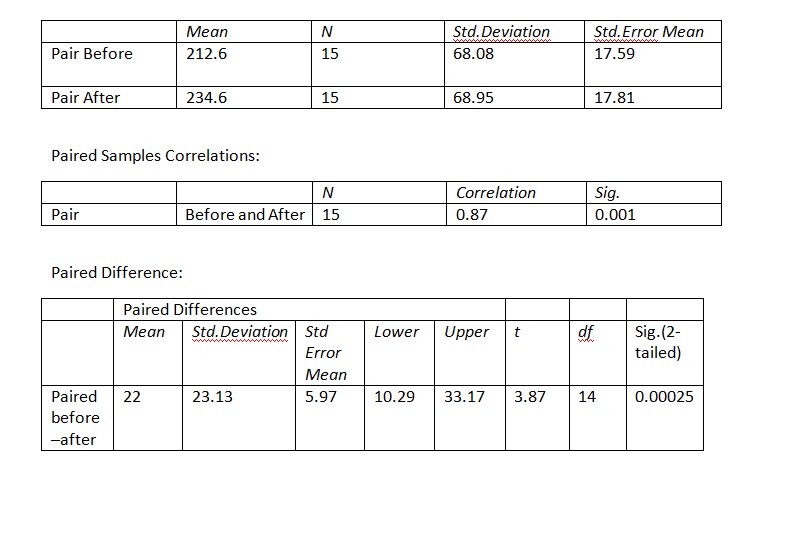
Discussion: In this study, 15 cases were analyzed, highest number of cases belongs to younger age groups of 10-20 years (9 patient), equal incidence was witnessed in age group of 21-40 years and 41-60 years (3 patients) improvement after homoeopathic treatment with different potencies depending on individuals susceptible. 15 patients were given homoeopathic constitutional medicine, 4 patient were given 1M, 8 patients were given 200C, 1patient was given 0/1 and 2 Patient was given 30C. In this study, constitutional approach in Bronchial Asthma was well represented and showed effective results. The limitation of this study was the small sample size, larger sample size would give better results. Also the study was carried out was in short period long term observation make up study still better effectiveness of treatment. Also it would be better if there was a control group to verify the same.
Reference:
- Porter RS, Kaplan JL. The Merck Manual. 19th Edtn. New Jersey: Merck Sharp & Dohme Corp; 2011. p. 1868-1869.
- International study of Asthma and allergy in childhood/international union against tuberculosis and lung disease. The global asthma report 2011.
URL: http//:www.theunion.org/index.php/en/newsroom/news/item/1837-global-asthma-report-2011-launched - Diamant Z, Boot JD, Virchow JC. Summing up 100 years of asthma. Respir Med. 2007; 101(3): 378-88.
- Bateman ED, Hurd SS, Barnes PJ, Bousquet J, Darzen JM, FitzGerald. Global strategy for asthma management and prevention: GINA executive summary. EurRespir J. 2008; 31(1): 143-78.
- Mathew KG, Aggarwal P. Medicine-Prep Manual for Undergraduates. 5th Edtn. New Delhi: Replika Press Pvt. Ltd; 2015. p. 188-99.


